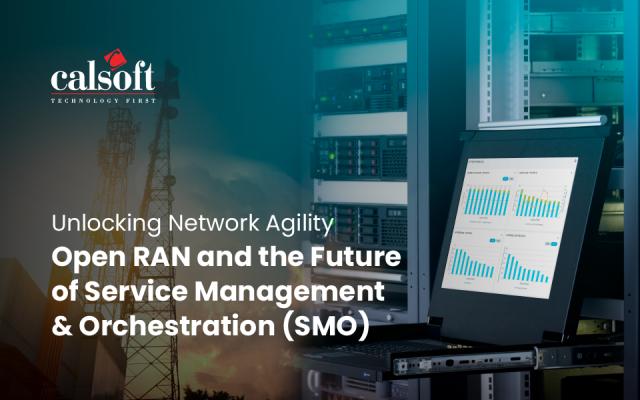
Understanding What is IoT Security
Explore the blog to understand the significance of IoT security in enterprises, the key challenges involved and the best practices to realize IoT security.

Unleashing the Power of Multi-Access Edge Computing: Revolutionizing Data Processing at the Edge
Explore how MEC helps telecom industry to unlock new levels of efficiency, innovation and faster decision-making to realize advanced applications such as IoT, augmented reality, autonomous vehicles, and more.

Key Considerations for a Successful Private to Public Cloud Migration
Successfully migrating from a private to a public cloud requires careful planning and consideration to ensure seamless business operations. Read our latest blog to explore essential factors for a seamless transition from Private to Public Cloud!

Optimizing HR with LLMs and Langchain
Langchain and LLM can modernize the way HR departments operate, from automating recruitment processes to providing personalized training recommendations, and enhancing decision-making, while ensuring the security and transparency of HR operations.

Cloud Storage vs. On-Premises Storage: A Comparative Analysis
Enterprises in today’s digital landscape, be they Large/ Small Medium Enterprises (L/SMEs) or startups, face a perpetual dilemma – how to manage their data, applications, and technology…

Unlocking Network Agility: Open RAN and the Future of Service Management & Orchestration (SMO)
Recently, Open RAN turned out to be a transformative and innovative solution in the telecom industry. Service Management Orchestration (SMO) serves at the core of this transformative solution, revolutionizing the way mobile networks are deployed and managed. SMO in Open RAN framework foster openness, flexibility, interoperability supporting multi-vendor and cost-effective network deployments. SMO is paving the way for a new era of wireless connectivity, shaping the future of Open RAN deployments. Read the blog to explore the significance of SMO platform in Open RAN framework.

Network Slicing for IoT: Tailoring Connectivity for Different Applications
Network slicing is a transformative concept in the realm of IoT, where diverse applications with changing needs exist. Network slicing supports dynamic resource sharing according to the specific technical requirements of each application, optimizing the use of network infrastructure and enhancing overall efficiency. Network slicing for IoT brings immense potential to steer innovation, improve operational efficiency, and unlock new use cases across various industries. Read the blog to explore the significance of network slicing to tailor connectivity for diverse IoT applications.

Understanding the Potential of Storage and Security in IoT
The potential of storage and security in IoT plays a significant role in transforming industries and the lives of people. However, tackling challenges such as data isolation, interoperability, and scalability will be essential in underpinning this potential. To embrace the full potential of storage and security in IoT involves a holistic method, incorporating technological advancements with comprehensive tactics. Read the blog to understand the potential of security and storage in the IoT ecosystem, its challenges, and keyways to overcome them.

The Rise of Decentralised Computing: How Smart Edge Transform Industries
Edge computing is a key component of the decentralization movement in the tech sector, igniting a revolution in diverse industry verticals. The extensive adoption of IoT has necessitated the shift to more agile, scalable, decentralized computing networks. A new era of applications is being accompanied by edge computing, which is transforming operations and customer experiences in smart cities, healthcare, manufacturing, retail, automotive, and more. Read the blog to learn about how edge computing will transform the industry verticals in the future.

Future of Interoperability and the Evolving Trends
The future of interoperability is denoted by a dynamical landscape modeled by emerging trends, driving a digital revolution, redefining how systems assist and collaborate in the changing technological landscape. Interoperability, the ability of diverse systems to interchange and exploit information, is evolving to comprise not only software but also hardware and services. Artificial Intelligence (AI) and Machine Learning (ML) play pivotal roles, enhancing automated data exchange and decision-making across platforms. This blog details the future of interoperability, various challenges in its implementation, and the evolving trends impacting diverse industry verticals in the market.
